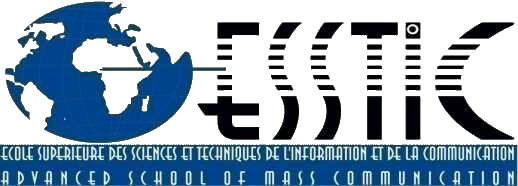LE CORPS : UN OBJET INTERDISCIPLINAIRE
Résumé
RESUME
J.-F. Tétu définit les grands axes d’un questionnement sur le corps dans le champ des SIC. Nous devons beaucoup à notre héritage culturel: la philosophie grecque prône une ascèse qui permet à l’homme de s’affranchir de son esclavage à l’égard de lui-même; pourtant le logos, la parole vivante, l’énonciation en somme, nous met sur le chemin de la vérité. Le logos, c’est aussi le mot qu’emploie le christianisme: “et le verbe s’est fait chair”. Le christianisme a fait de l’incarnation le Cœur même de sa “révolution”; il offre aux homes une théologie sans équivalent parce qu’elle promet une résurrection des corps. Les sciences de l’Information et de la Communication ont une triple façon d’appréhender le corps:
- la présence du corps ou son immédiateté dans le spectacle vivant.
- La représentation du corps, dans les médias.
- La dénégation du corps, dans les télécommunications.
Cela constitue les trois parties de ce propos (le corps présent, le corps représenté et le corps schizé) à quoi JF Tétu en ajoute une quatrième: le corps est la métaphore centrale de ce qu’Armand Mattelart a appelé l’invention de la communication.
Ce texte fut prononcé comme conférence d’introduction à un colloque sur les médiations du corps, à Grenoble, en novembre 2000, sous la direction de Jean Caune et de Bernadette Dufrene, a été publié par l’Université Stendhal-Grenoble 3 et le Gresec.
Abstract
J.-F. Tétu defines the main trunk roads of a questioning on the body in the field of SIC. We owe to our cultural heritage a lot: the Greek philosophy advocates an asceticism which allows the man to free himself from his slavery towards himself; nevertheless logos, the alive word, the statement as a matter of fact, puts us on the road of the truth. Logos, it is also the word which uses the Christianity: “and the verb made flesh-coloured”. The Christianity made of the Embodiment the heart of its “revolution”; it offers to the people an unprecedented theology because it promises a resurrection of bodies.
The sciences of the Information and the Communication have a triple way of considering the body:
- The presence of the body or its immediacy in the live performance
- The representation of the body, in the media.
- The denial of the body, in telecommunications.
It constitutes three parts of this comment (the present body, the represented body and the schizophrenic body. JF Tétu adds a fourth one: the body is the central metaphor of what Armand Mattelart called the invention of the communication.


